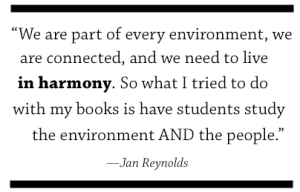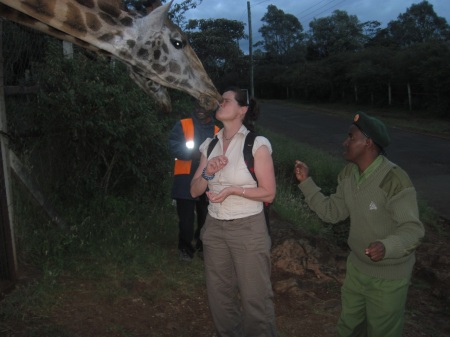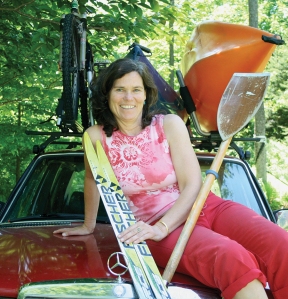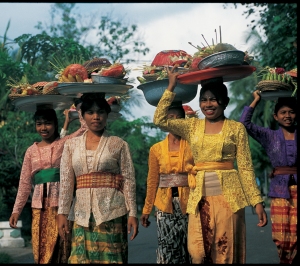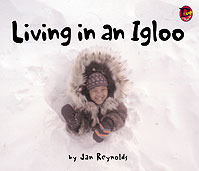 Jan Reynolds is a writer, photographer, and adventurer who has written over fourteen nonfiction books for children about her travels. Her work has appeared in numerous publications including National Geographic, The New York Times, and Outside Magazine. Reynolds is an avid skier, mountain climber, and adventurer who held the record for women’s high altitude skiing, was part of the first expedition to circumnavigate Mount Everest, and performed a solo crossing of the Himalayas.
Jan Reynolds is a writer, photographer, and adventurer who has written over fourteen nonfiction books for children about her travels. Her work has appeared in numerous publications including National Geographic, The New York Times, and Outside Magazine. Reynolds is an avid skier, mountain climber, and adventurer who held the record for women’s high altitude skiing, was part of the first expedition to circumnavigate Mount Everest, and performed a solo crossing of the Himalayas.
You are a world-class adventurer and athlete in addition to being a children’s author. Were you always a writer, or were you inspired to begin writing by your travels?
I’ve always been a writer…. I had a short story, fiction, that was published when I was in high school. I’m working on a young adult fiction book right now!
What was your hardest trip or exploration? Was there ever a moment in your travels when you wanted to turn back? What inspired you to keep going?
When I was crossing the Himalaya solo, I almost turned back, I was so sick (I talk about this in my documentary video, “Cultural Adventure with Jan Reynolds”). I lived in my tent alone for about four days and nights, and was found by a Sherpa and his son who nursed me back to health, and I finished my journey going from Nepal into Tibet over the Himalaya following the salt trade. I kept going because I needed to complete my trade on this salt trade route. I was working for National Geographic magazine, and I wanted to get my story!!